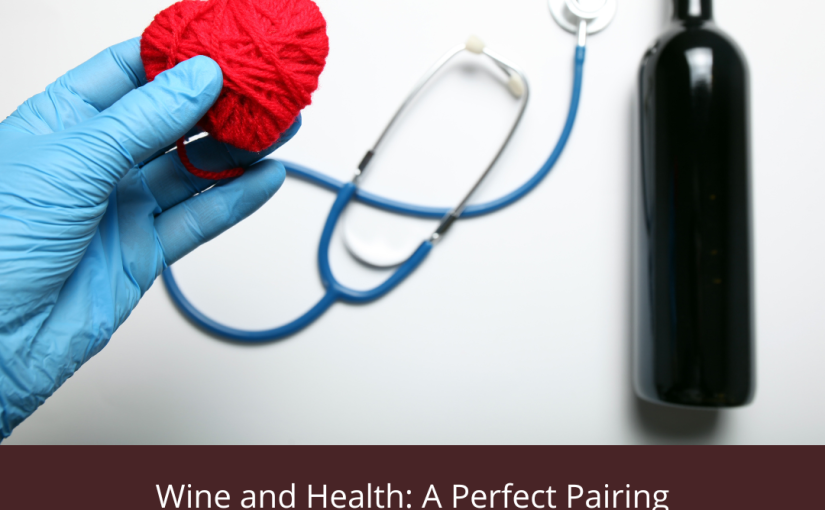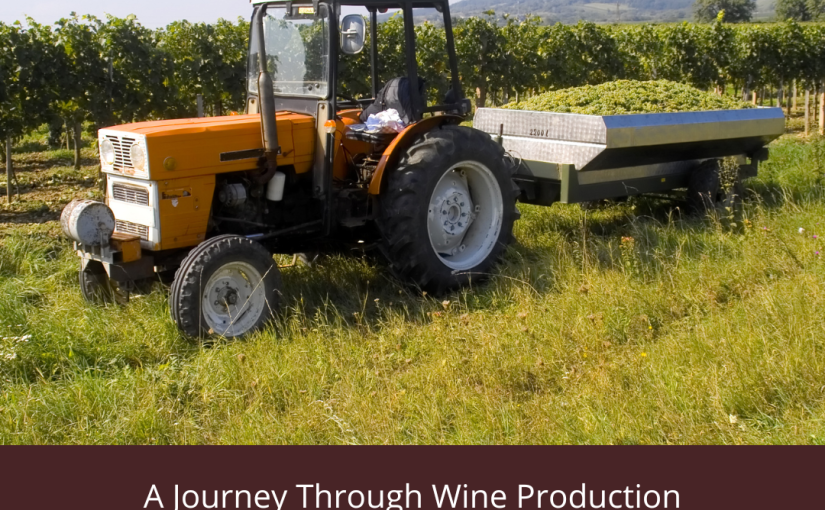Wine storage is a crucial aspect of wine appreciation. Proper storage can ensure that wine stays fresh and flavorful, while improper storage can ruin the wine’s taste and aroma. In this article, we will discuss the best way to store wine to keep it in optimal condition.
Ideal Temperature for Wine Storage
Temperature is one of the most important factors when it comes to wine storage. Wine should be stored at a consistent temperature of around 55°F (13°C). Fluctuations in temperature can cause the wine to expand and contract, which can damage the cork and let air into the bottle. This can lead to oxidation, which will ruin the wine’s flavor and aroma.
Wine should also be kept away from light and heat. Exposure to light can cause the wine to age prematurely, while exposure to heat can cause the wine to spoil. The ideal place to store wine is in a cool, dark room that is well-ventilated.
It’s important to note that different types of wine require different storage temperatures. For example, red wine is typically stored at a slightly warmer temperature than white wine. Additionally, some wines, like Champagne, require even cooler temperatures for optimal storage.
Humidity Control
Humidity is another important factor in wine storage. Wine should be stored in an environment with a humidity level of around 70%. This level of humidity helps to keep the cork moist, which prevents it from drying out and letting air into the bottle.
If the humidity level is too low, the cork can dry out and shrink, which can allow air to enter the bottle. This can lead to oxidation, which will ruin the wine’s flavor and aroma. If the humidity level is too high, mold and other contaminants can grow on the cork and ruin the wine.
How to Store Opened Wine Bottles
If you have opened a bottle of wine but don’t finish it, there are a few things you can do to ensure that it stays fresh. The first step is to recork the bottle tightly. This will help to prevent air from entering the bottle and oxidizing the wine.
If you have a wine vacuum pump, you can use it to remove the air from the bottle. This can help to preserve the wine’s flavor and aroma. Another option is to transfer the wine to a smaller bottle that is filled to the top. This will help to minimize the amount of air in the bottle and prevent oxidation.
Once the bottle is recorked or sealed, it should be stored in the refrigerator. This will help to slow down the oxidation process and keep the wine fresh for a few days. It’s important to note that not all wines can be stored in the refrigerator, so be sure to check the label before storing your wine.
Tips for Wine Storage
Here are a few tips to help you store your wine properly:
- Store wine on its side: Storing wine on its side helps to keep the cork moist and prevent it from drying out. This is especially important for long-term storage.
- Keep wine away from vibrations: Vibrations can disturb the sediment in wine and alter its flavor. Store wine in a place where it will not be disturbed by vibrations.
- Avoid storing wine in the kitchen: The kitchen is often the warmest room in the house and is subject to temperature fluctuations. Avoid storing wine in the kitchen if possible.
- Keep wine away from strong odors: Wine can absorb odors from its surroundings, which can alter its flavor. Store wine away from strong-smelling foods, cleaning products, and other items that can give off strong odors.
- Monitor your wine: Keep an eye on your wine and check it periodically to ensure that it is still in good condition. If you notice any signs of spoilage, such as a musty or sour smell, it’s time to drink it or discard it.
Proper wine storage is essential to maintaining the quality and flavor of wine. The ideal storage temperature for wine is around 55°F (13°C), with a humidity level of around 70%. Wine should be kept away from light, heat, and strong odors, and stored in a place that is free from vibrations. Storing opened bottles of wine in the refrigerator and recorking or sealing them tightly can help to preserve their flavor and aroma.
By following these tips, you can ensure that your wine stays fresh and flavorful for years to come. Whether you are a casual wine drinker or a serious wine collector, proper storage is key to getting the most out of your wine.
Be sure to download the CorkageFee app to join the global network of wine lovers and discover restaurants near you where you want to uncork that special bottle of wine!


